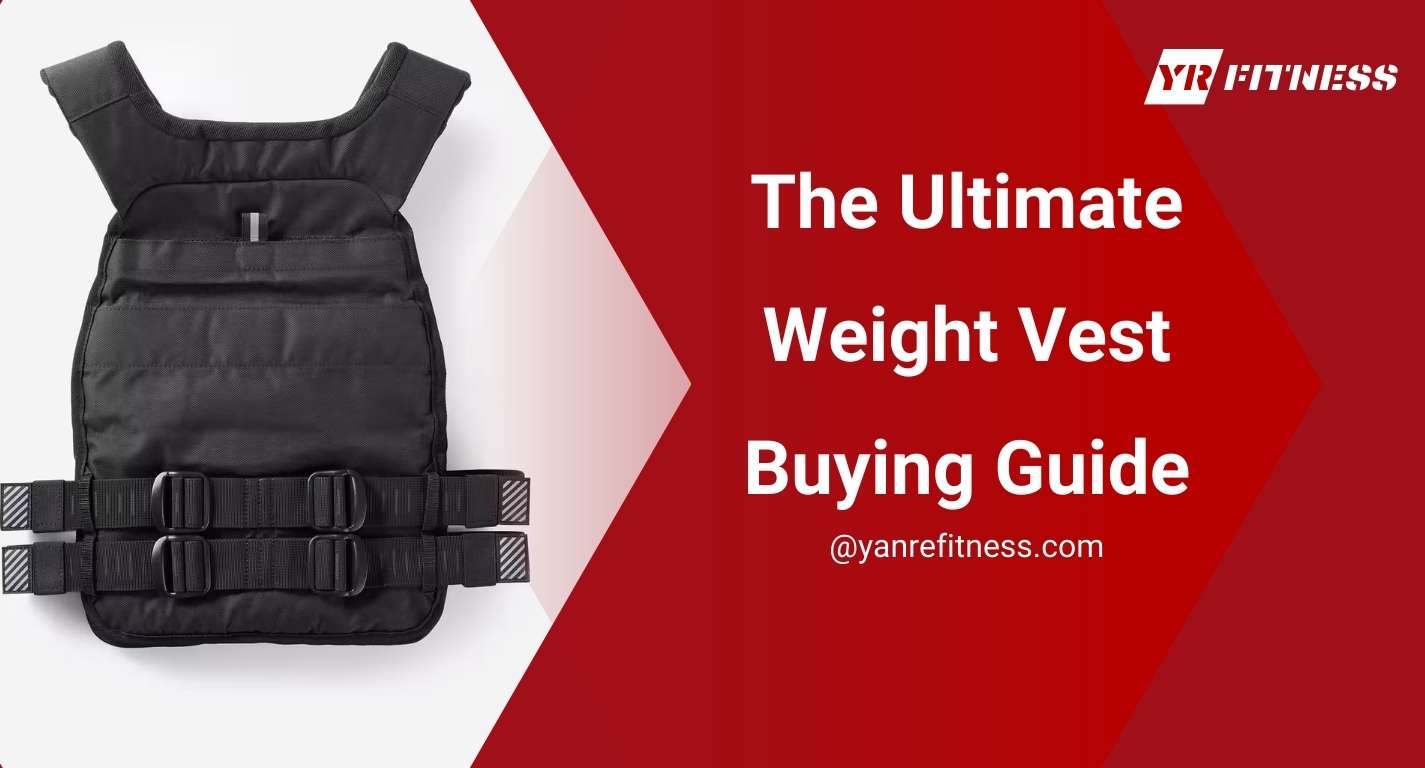Are you looking to add weight vests to your gym business? Before rushing into a purchase, it’s important to know that not all weight vests are made the same.
As an expert in fitness equipment and weight vest manufacturing, I’ve spent years helping gyms and fitness businesses select the best products.
Weight vests, also known as functional training vests, can be game-changers for fitness routines. Choosing the right one can elevate performance and meet specific training goals.
In this guide, you’ll learn about the different types of weight vests available, key features to check before purchasing, and potential traps to avoid. This will help you confidently select the best weight vests for your needs.
Let’s jump in!
Table of Contents
1. Quick Comparison Chart
A weight vest is a simple tool that adds extra resistance to your workouts by strapping weight onto your torso. It’s great for boosting strength and endurance during various exercises. Here’s a detailed comparison chart that shows how different types of weight vests stack up:
Type | Weight Range | Best For | Key Feature | Pros | Cons |
Fixed Weight Vest | 5 – 20 lbs | Beginners, cardio workouts | Pre-set weight | Affordable, no weight shifting | Limited weight options |
Adjustable Weight Vest | 5 – 40 lbs (or more) | Intermediate to advanced | Add or remove weights as needed | Versatile, customizable for exercises | Usually more expensive |
Male Weight Vest | 10 – 50 lbs | Strength training, men | Heavier, more tightening options | Secure fit during heavy workouts | Can be bulky for smaller individuals |
Female Weight Vest | 5 – 30 lbs | Cardio, functional training | Lightweight, extra room in chest | Comfortable fit, easy to move in | Not suitable for very heavy exercises |
Full-Sized Weight Vest | 10 – 40 lbs | Running, endurance training | Covers entire torso | Even weight distribution, great for running | Restricts movement during twisting |
Short-Stack Weight Vest | 5 – 30 lbs | Functional training | Covers upper chest/back | Allows better mobility | Less even weight distribution |
2. Types Of Weight Vest
With various types of exercise vests available, selecting the right option can be challenging without basic knowledge. Turns out, understanding the key differences between main categories is essential for making an informed decision.
Fixed vs Adjustable Weight Vests
Some weight vests come with a fixed load, while others allow you to adjust the weight based on your training needs. Choosing the right type depends on your fitness goals and the exercises you plan to perform. Here are the key differences:
- Fixed Weight Vests: These have a set weight that cannot be changed. They are lighter, making them ideal for beginners. The weights are sewn in, so they don’t shift during movement, and the slim design allows for more freedom of motion. Fixed vests are also more affordable due to their simplicity.
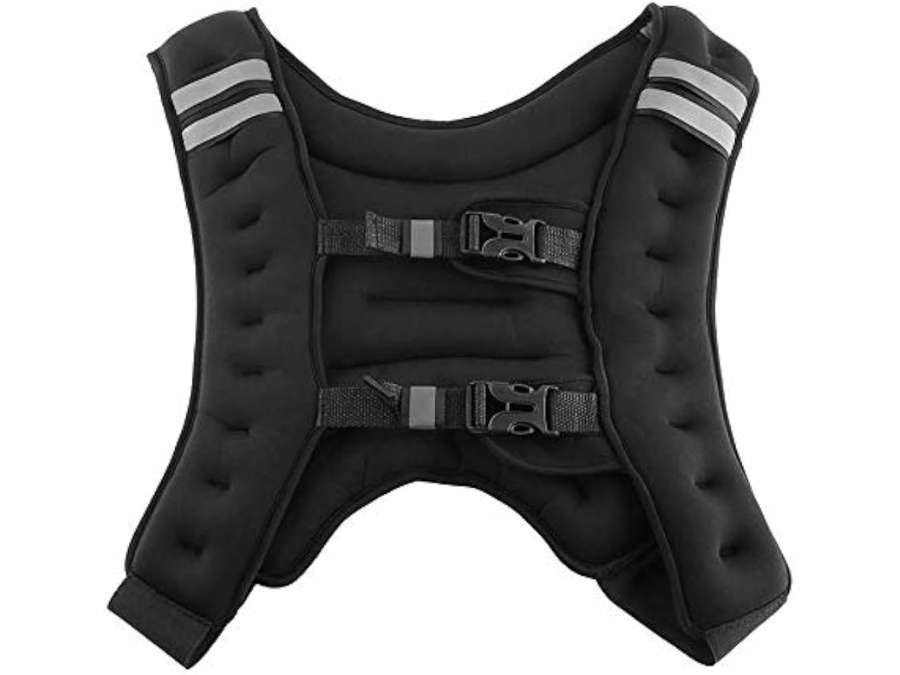
- Adjustable Weight Vests: At YR Fitness, our adjustable vests provide the flexibility to add or remove weight using sandbags or metal bars, catering to the needs of intermediate to professional users. This adaptability allows for easy adjustment based on various exercises, such as running or strength training, making our vests a versatile choice for diverse fitness programs.
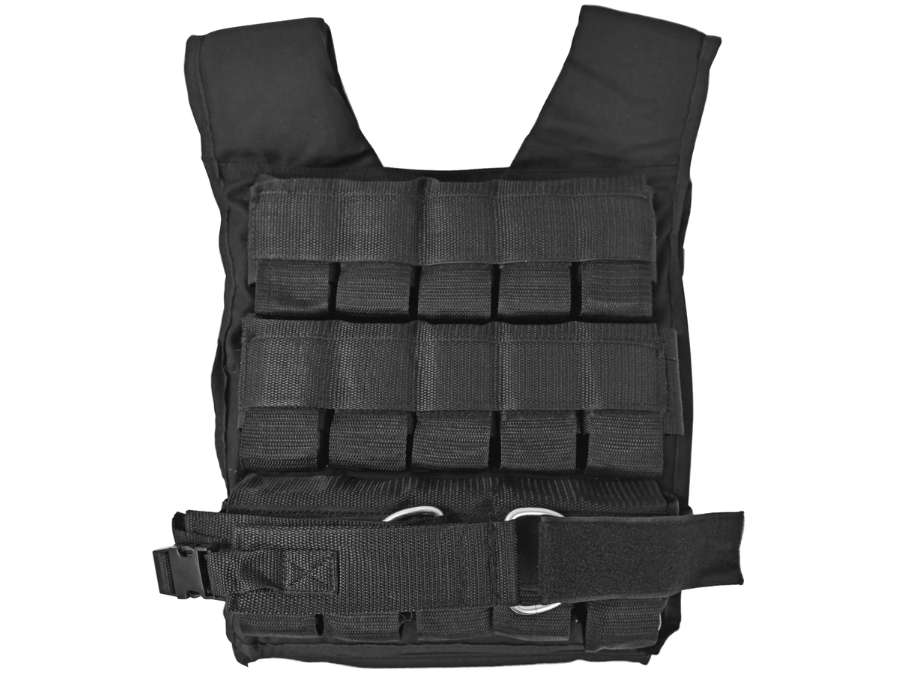
Male vs. Female Weight Vests
Though many weight vests are unisex, some are specifically designed to fit the different body shapes of men and women. Here are the key differences:
- Male Weight Vests: Heavier and built for strength-focused workouts, these vests often have more tightening options to reduce shifting during exercises like weightlifting. For example, some designs include extra straps or buckles to help keep the vest securely in place.

- Female Weight Vests: Lighter and designed with more room in the chest area, these vests have a V-shape to fit snugly around the waist, providing more comfort during cardio or functional training.
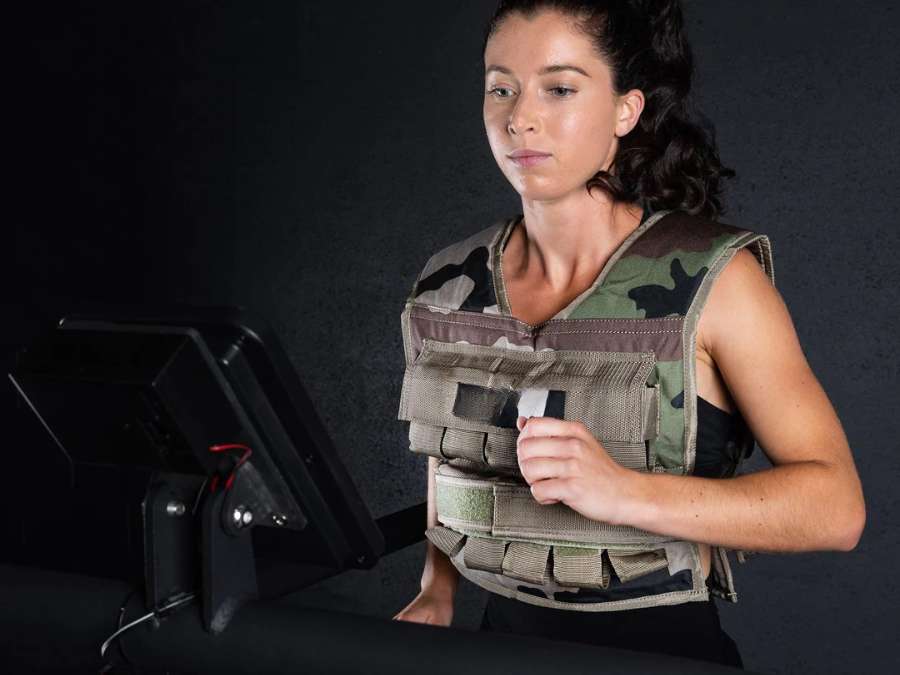
Full-Sized vs. Short-Stack Weight Vests
The size of a weight vest plays a significant role in both comfort and performance during workouts. Choosing the right vest depends on the type of exercise and mobility needed. Below are 2common types to consider:
- Full-Sized Weight Vests: These cover the entire torso and distribute weight evenly between the front and back. Full-sized vests are great for running and endurance training but may restrict movement during exercises that require bending or twisting.
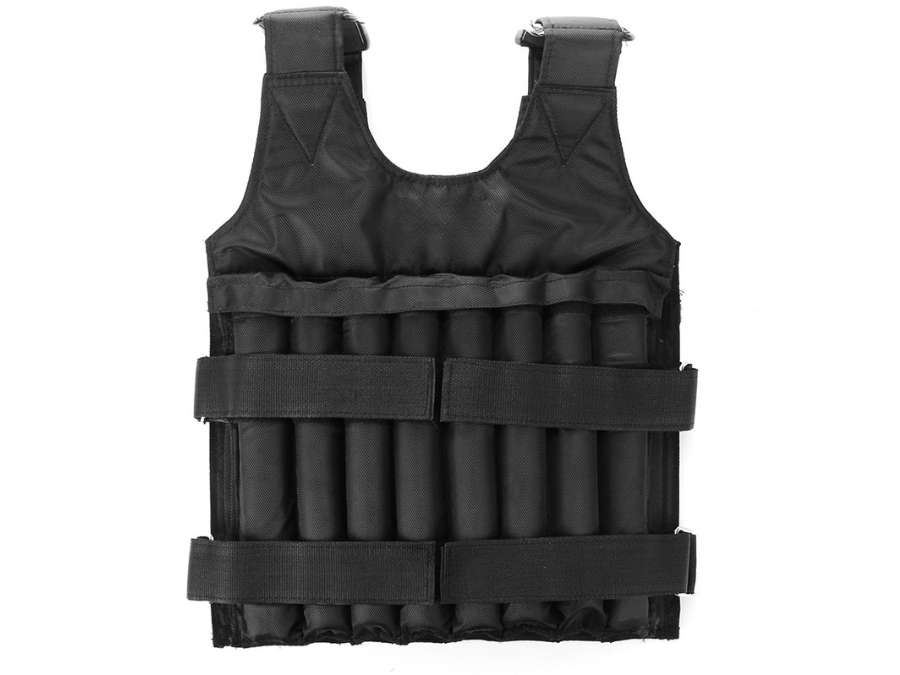
- Short-Stack Weight Vests: Covering only the upper chest and back, these vests are ideal for functional training. They allow more mobility while providing enough resistance to target specific muscle groups during workouts.
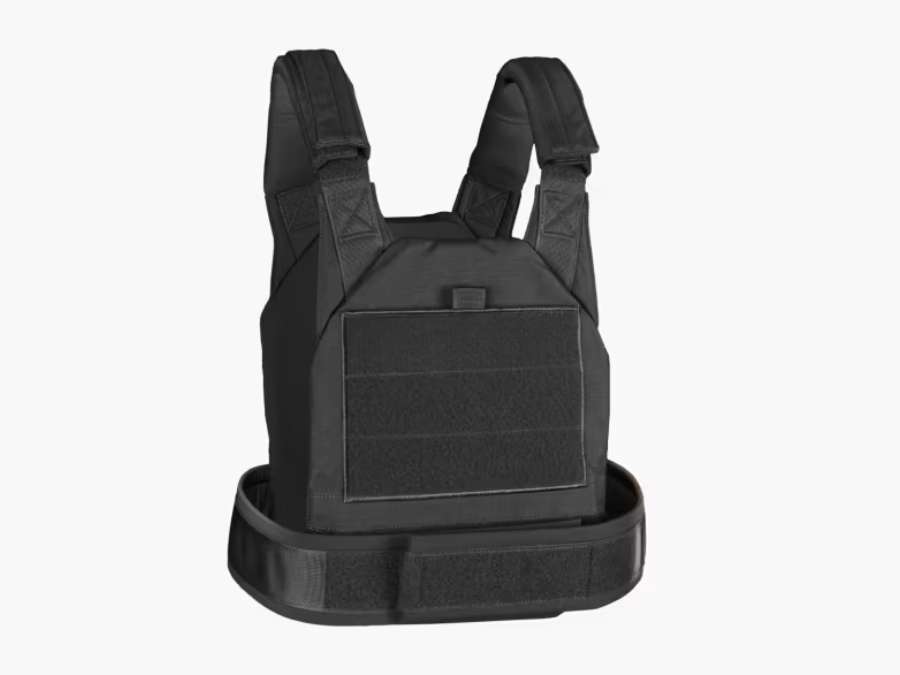
3. Weight Vest Physical Structure
The material and design of a weight vest play a key role in its durability and comfort during workouts. Choosing the right fabric ensures the vest can endure intense exercises while maintaining long-lasting performance. Below are some important factors to consider:
Cover Material
The material used for the vest plays a crucial role in resisting moisture and wear. Poor-quality materials may lead to bacterial growth and tears. Here are the common materials used in weight vests:
- Stretchable Fabric (Lycra/Spandex): Comfortable and flexible, ideal for providing freedom of movement and durability during intense workouts.
- Synthetic Plastic: Affordable but less breathable and prone to becoming uncomfortable during extended use.
- Soft Nylon & Neoprene: These materials offer great comfort, moisture resistance, and durability, making them suitable for heavy use.
- Urethane: Known for its strength and resistance to moisture and tears, making it a long-lasting option for weight vests.
Pro Tip: Wearing a sleeved shirt underneath the vest, regardless of the material, is recommended to prevent bacteria build-up and enhance the vest’s longevity.
Weight Filling Material
The filling inside the vest affects both comfort and performance. The 2 common types of filling materials are:
Sandbags
Pros:
- Cost-effective option.
- Soft material, making it more comfortable against the body.
Cons:
- May develop an unpleasant odor.
- Weight distribution can become uneven, affecting balance.
Metal Shots/Bars
Pros:
- Less likely to develop odors.
- Compact design provides a snug fit.
- Balanced weight distribution reduces the risk of injury.
- Low-maintenance and durable.
Cons:
- Over time, metal weights can cause fabric wear and tear, though some manufacturers use rounded corners to minimize this issue.
Pro Tip: Always opt for a vest with coated or covered metal weights to avoid rusting and fabric damage over time.
Weight Vest Accessories
Weight vests often include extra features designed to enhance workout convenience. By the way, below are some useful accessories commonly available:
- Storage Pouch: Provides space for carrying items such as phones, keys, or cash.
- Reflective Strips: Improves visibility during outdoor workouts.
- Key or Carabiner Attachment: Offers hooks or attachments for securing keys or a carabiner.
- Sweat-Proof Sleeve: Helps manage sweat and increases comfort during training.
- Water Bottle Holder: Keeps a water bottle easily accessible during exercise.
Pro Tip: Look for vests with features like storage pouches and sweat-proof sleeves to boost comfort and functionality during workouts.
4. Weight Vest Physical Properties
The physical structure of a weight vest significantly impacts its comfort, durability, and performance during use. Consider the following factors when selecting the most suitable vest for specific training requirements:
Size
Selecting the correct size and fit is critical for ensuring comfort and optimizing performance during weight vest use. Consider the following key factors to achieve the ideal fit:
- One Size Fits All: Most weight vests claim to fit all, but that’s not always the case, especially for women who may need more chest space. Look for vests with adjustable straps at the chest, waist, and shoulders for a proper fit.
- Full-Sized vs. Short Stack: Full-sized vests provide complete torso coverage and ensure even weight distribution but may restrict movement during certain exercises. In contrast, short-stack vests cover only the chest, allowing greater mobility while placing increased pressure on the upper body.
Weight
Choosing the right weight for a vest is essential for optimal performance and safety. Key considerations include:
- How Much Weight Is Enough?: Industry experts advise that the maximum vest weight should be approximately 20% of the user’s body weight to avoid potential injury and maintain effectiveness during workouts.
- Actual vs. Stated Weight: The stated weight refers to the number listed on the vest, while the actual weight might vary slightly due to manufacturing processes. At YR Fitness, we prioritize accuracy by using nominal weights, so our vests closely reflect the listed weight, providing reliable performance and cost efficiency.
- Weight Distribution: A good vest balances the weight evenly across the front and back, allowing for natural movement and reducing strain. For example, choosing a vest with proper padding and adjustable straps can help achieve a snug fit to avoid injuries.
- Weight Adjustability: Adjustable weight vests offer flexibility, enabling users to easily modify the load based on their training needs. Most models accommodate weight ranges from 2 to 40 lbs, with some options offering even higher capacities.
Durability
Durability is key when choosing a weight vest. It depends on factors like the quality of materials, the construction process, and resistance to wear. Heavy-duty fabrics and strong seams increase a vest’s lifespan, while wide straps and well-built weight pouches add to its strength.
Investing in a high-quality vest is crucial, especially for vests weighing up to 30kg, as they endure heavy use during workouts. A solid warranty is also important for added protection against damage or defects. Cheaper vests may cost more in the long run due to frequent replacements.
Comfort
Comfort plays a crucial role in maximizing the effectiveness of a weight vest. Look for vests with breathable, moisture-wicking materials, compact weight distribution, and multiple adjustment options. These features provide a secure fit, allowing for optimal movement and focus during training sessions.
Vests with narrow shoulder straps or stiff materials can cause discomfort and uneven weight distribution, leading to strain on the shoulders or back. A well-fitted, comfortable vest improves both safety and workout performance.
Breathability
Breathability is important for weight vests, especially for intense workouts that generate heat and sweat. A vest with poor breathability can make the wearer uncomfortable, limiting workout time and performance.
High-quality vests are crafted from lightweight, durable fabrics that promote airflow and repel moisture, helping to keep the wearer cool and dry. In contrast, non-breathable vests trap heat, creating discomfort and making workouts less effective.
5. Specialized Weight Vests
For advanced or targeted training, specialized weight vests offer features beyond the standard options. These vests are designed for specific fitness goals or activities. Here are some common types:
- Tactical Weight Vests: Built for intense workouts, tactical vests are durable and designed to handle rugged use. No wonderthey’re ideal for military-style or endurance training, offering heavier weights and reinforced materials for long-lasting performance.
- Functional Training Vests: Designed for high-impact movements common in Functional Training, these vests stay stable during exercises like squats, jumps, and kettlebell swings. The secure fit and balanced weight distribution allows for effective resistance without shifting.
- Strength Training Vests: Heavier and more durable, these vests are crafted for strength-building exercises such as pull-ups and squats. Increased resistance challenges muscles, enhancing strength and endurance development.
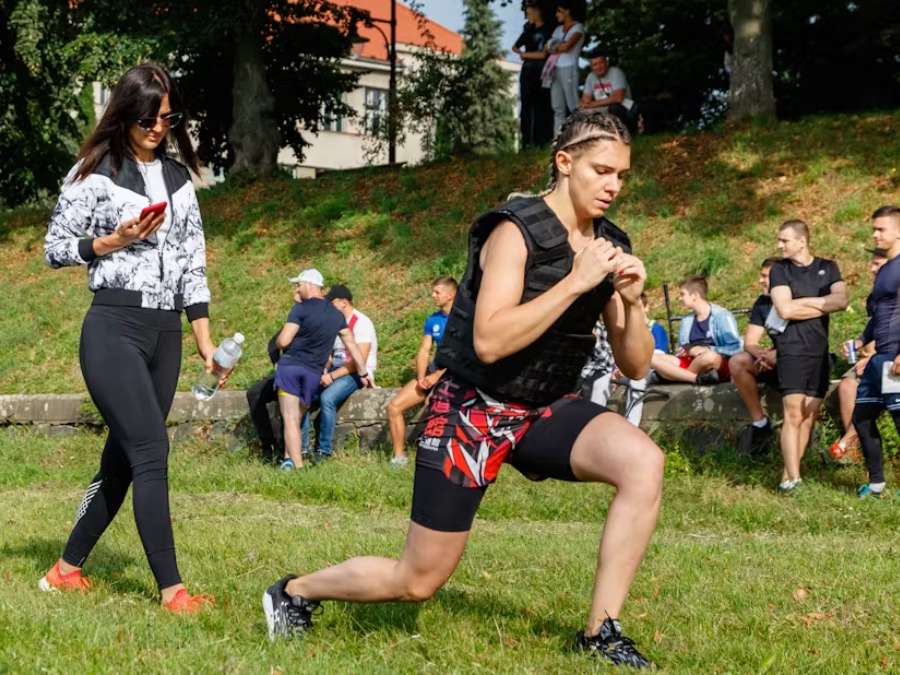
6. Buying Tips and Common Mistakes to Avoid
Selecting the right weight vest can greatly improve workout effectiveness. Here are essential tips to consider and common mistakes to avoid:
- Material Coating: For added durability and comfort, look for vests with metal weights coated in neoprene or similar materials to prevent rust. Neoprene’s versatility and strength make it an ideal choice for fitness gear, which explains why the global neoprene market was valued at USD 2.23 billion in 2021, and it’s expected to grow to USD 2.80 billion by 2030, according to Acumen.
- Coverage: Full-sized vests are ideal for running and general workouts as they distribute weight evenly. Short stack vests are better suited for functional training, offering greater mobility.
- Weight Distribution: A vest with balanced weight distribution helps avoid muscle strain and injury. This supports proper posture and improves workout performance.
- Ease of Use: Look for vests with adjustable straps for a customizable and secure fit. Here’s why: simple design features make it easy to wear and remove without hassle.
Conclusion
Choosing the right weight vest for your gym is key to meeting client needs and maximizing your equipment’s potential. With many options available, understanding the important features will help you make informed decisions.
We hope this guide has offered useful tips for selecting the best weight vests for your gym. If you’re seeking a reliable manufacturer, YR Fitness offers high-quality, durable weight vests. Contact us to learn how we can equip your gym with top-tier fitness gear.
Dive Deeper Into Our Resources
Looking for more diverse product options? Browse through our handpicked selections:
For some insightful reads, we’ve curated a list of recommended articles just for you:
Still haven’t found what you’re looking for? Don’t hesitate to contact us. We’re available around the clock to assist you.
Related articles:
